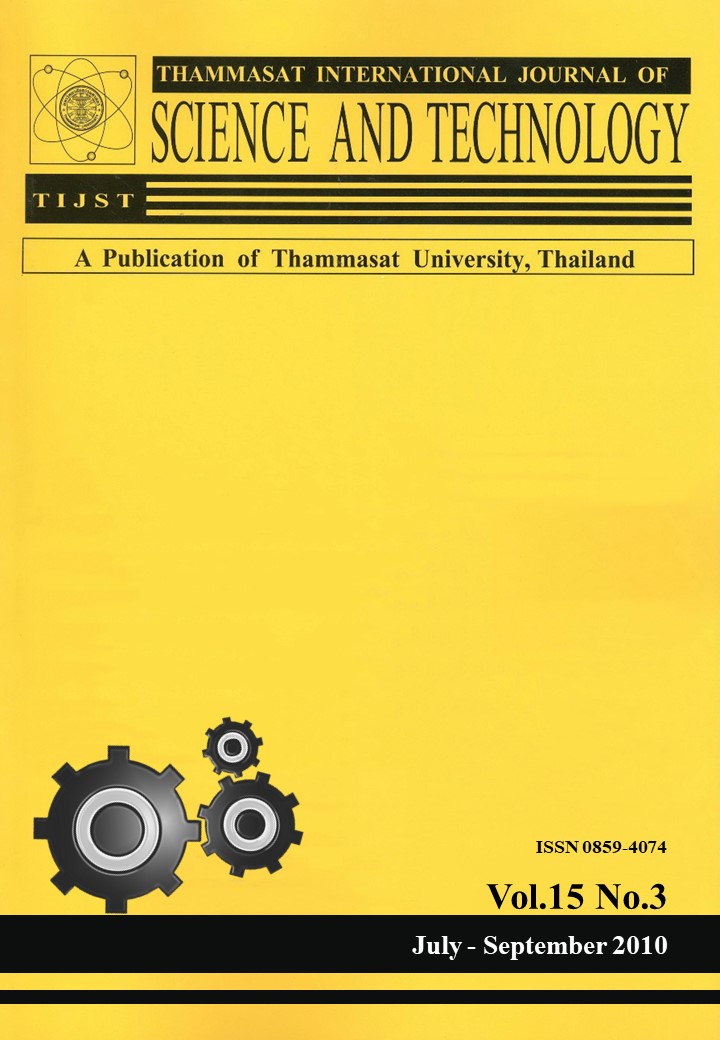Impurity Transport and Helium Accumulation in ITER
Main Article Content
บทคัดย่อ
In this work, the behaviour of impurities, specifically the impurity transport and accumulation, in ITER plasma are predicted using 1.5D BALDUR integrated predictive modelling code. The impurity species considered are a combination of helium and beryllium. For each simulation, a linear combination of anomalous transport and neoclassical transport is used to describe the core plasma transport which consists of electron and ion thermal, hydrogenic, and impurity transports. The anomalous transport is self-consistently predicted using either the empirical Mixed Bohm/gyro-Bohm (Mixed B/gB) model or using the theorybased Multimode (MMM95) model; while the neoclassical transport is computed using the NCLASS model. Standard type I ELMy H-mode ITER discharges are simulated with and
without the effects of sawtooth oscillations, which are predicted using the Porcelli sawtooth triggering model and a modified Kadomtsev magnetic reconnection model. It is found that, for the standard ITER scenario, helium and beryllium densities tend to accumulate inside the
plasma. Both helium and beryllium densities quickly rise and level off to steady-state values, which depend sensitively on their values at the boundary. However, sawtooth oscillation has a strong impact on suppression of the impurity accumulation for both helium and beryllium. A sensitivity study is also carried out to determine the impacts of changing the impurity transport coefficient, edge effective charge, line-averaged density, and edge helium density. It is found that increasing the impurity transport coefficient results in the reduction of steadystate values of helium and beryllium densities, but has minor influence over temperature and ion plasma densities. On the other hand, increasing the edge effective charge greatly increases the beryllium density, but has small impact on other species. Both helium and beryllium densities are found to be heavily dependent on boundary helium density, but are weakly dependent on line-averaged density.


